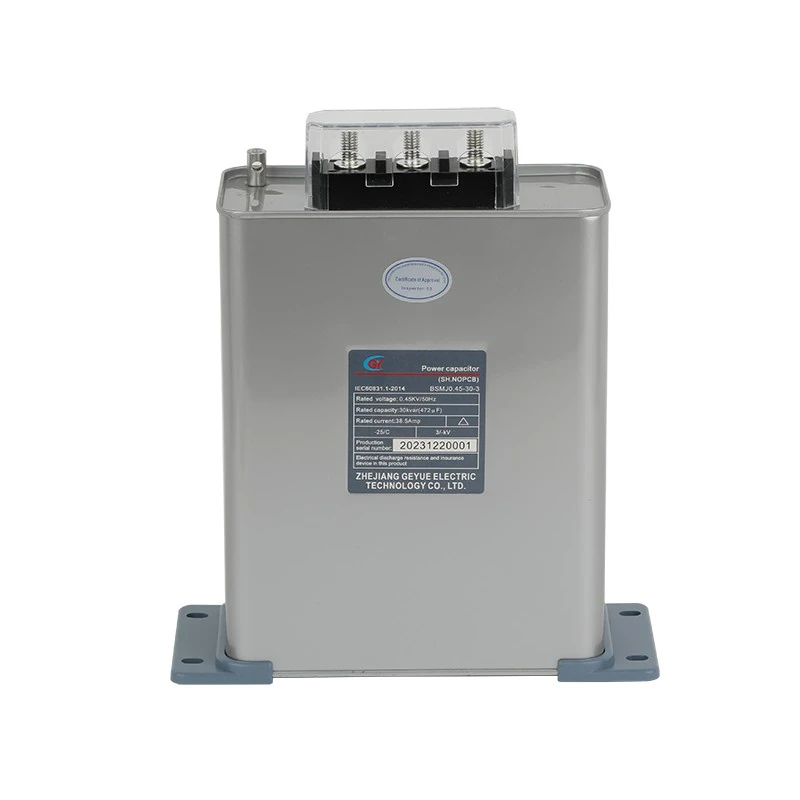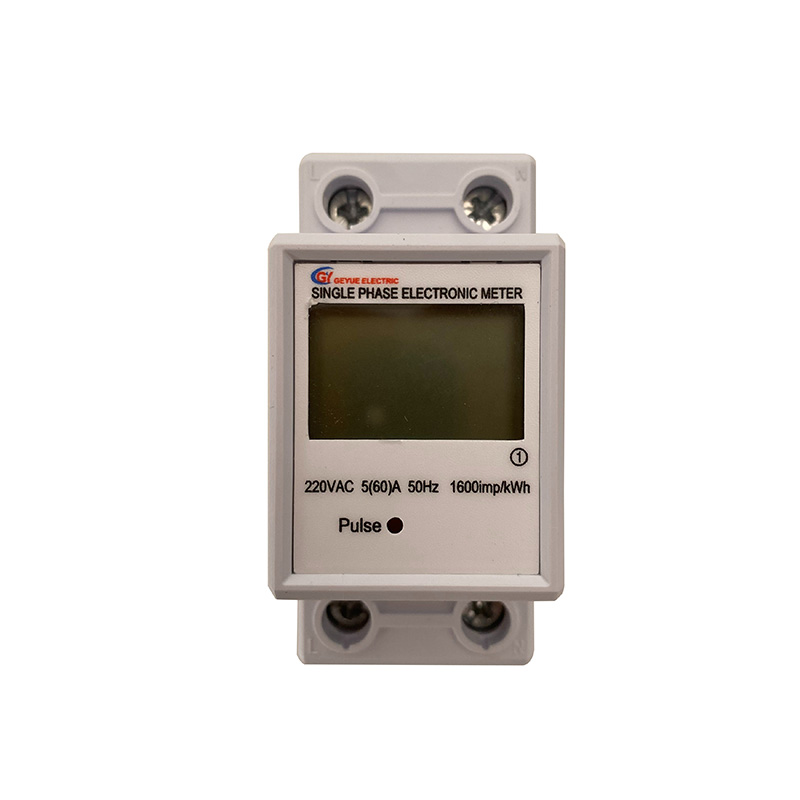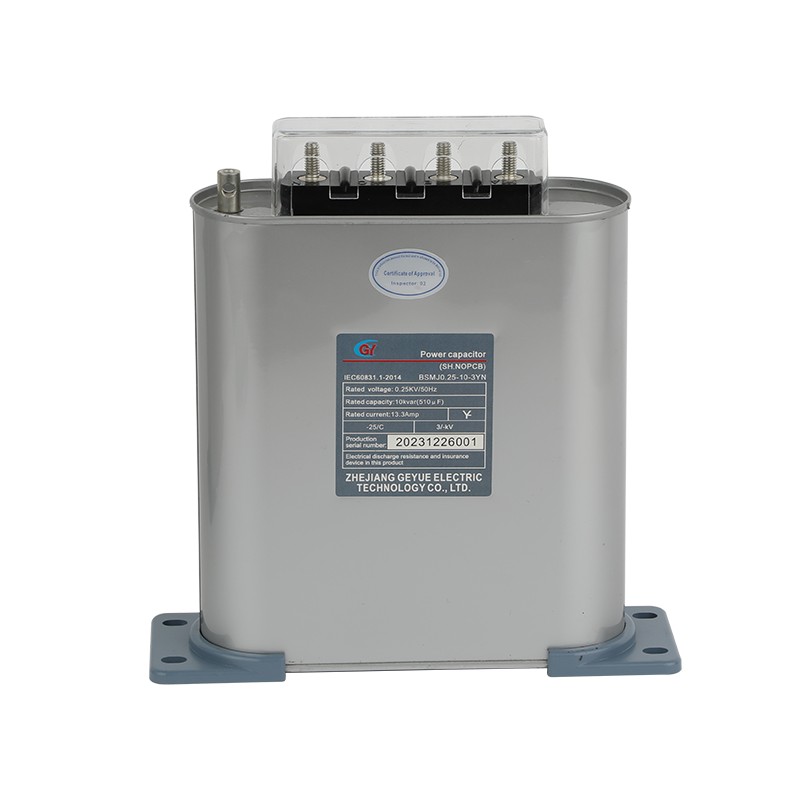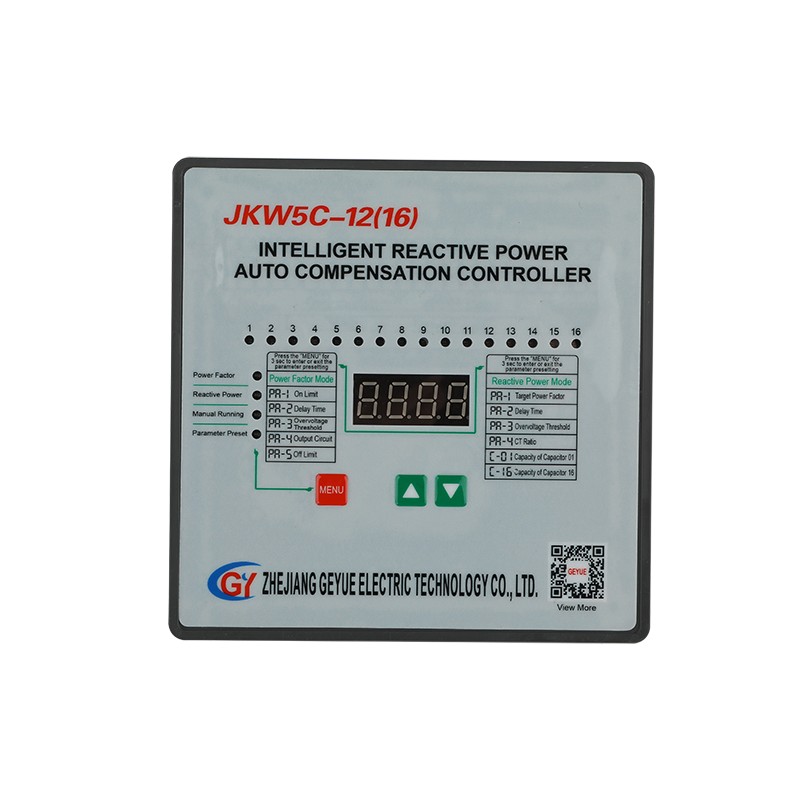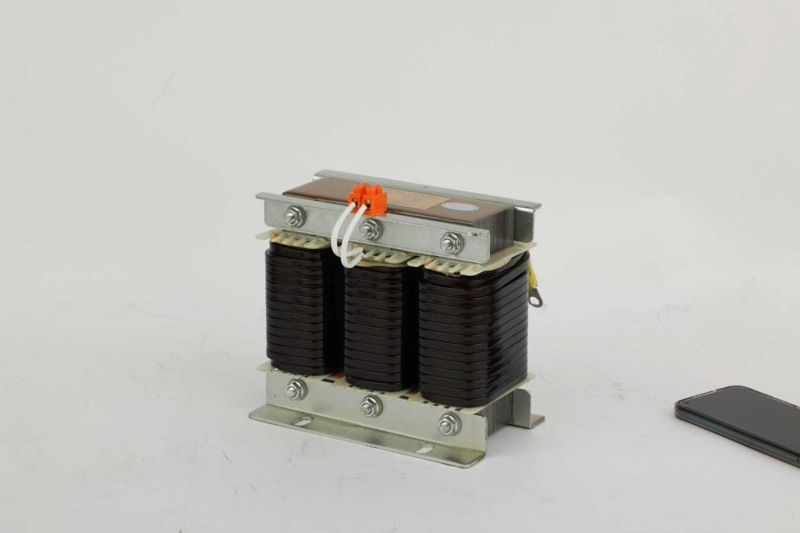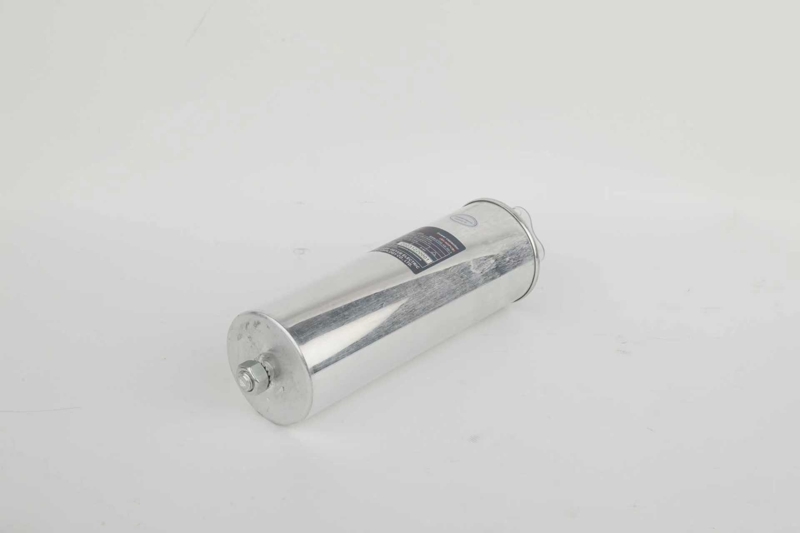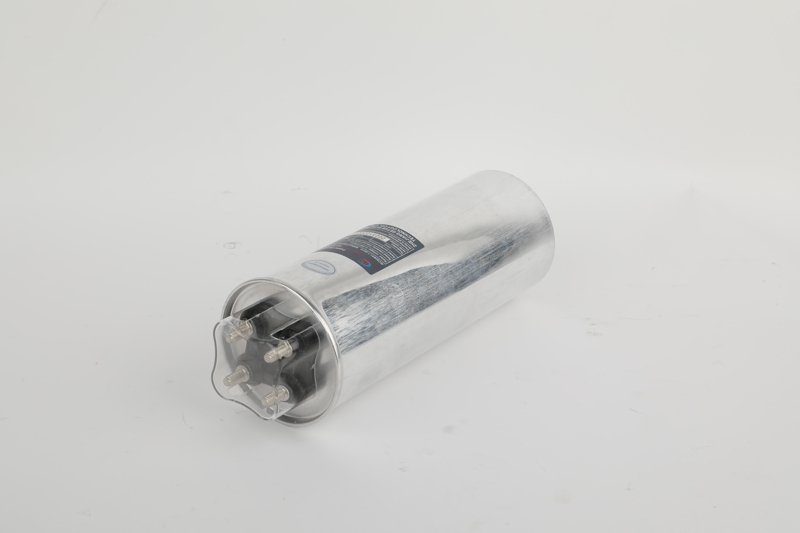How do "Smart" Capacitors with Built-in Controllers and Communication Capabilities Differ from Traditional Capacitor modules in a system?
In the field of low-voltage reactive power compensation, the technological evolution of compensation equipment is quietly reshaping the construction method of the entire compensation system. The traditional capacitor modules, with their reliable performance and excellent self-healing characteristics, have long been regarded as the standard components of the reactive power compensation system. However, with the advancement of the industrial Internet of Things and the intelligent trend, an intelligent capacitor that integrates control, protection and communication functions is bringing revolutionary changes to the compensation solution with its unique advantages. Understanding the essential differences between intelligent capacitors and traditional capacitor modules is crucial for enterprises to plan an efficient and reliable power system.
A Fundamental Transformation of the System Architecture
The traditional low-voltage reactive power compensation solution usually adopts a centralized architecture, where a separate main controller is required to simultaneously monitor the grid parameters and command the switching actions of multiple capacitor modules. In this architecture, the capacitor modules are essentially single-function passive execution units. They neither understand the system status nor can make independent decisions. They completely rely on the instructions from the external controller to operate. Any failure of the controller or interruption of signal transmission can cause the entire system to collapse.
The emergence of the design concept of intelligent capacitors has completely overturned the above-mentioned centralized architecture. Each intelligent capacitor can become a fully functional autonomous node in the low-voltage reactive power compensation system. The interior of each intelligent capacitor integrates high-precision measurement and control chips, protection circuits, and communication modules. These components are like intelligent entities with independent thinking capabilities, capable of autonomously analyzing the local power grid conditions and making local decisions based on preset logic. This distributed intelligent architecture eliminates the risk posed by a single failure point to the entire system. That is to say, if a certain device in the low-voltage reactive power compensation system suddenly fails, the other devices in the system can still work collaboratively to ensure the continuous and stable operation of the entire low-voltage reactive power compensation system.
A Comprehensive Leap in Functionality and Performance
From the perspective of functional implementation, the protection capabilities of traditional capacitor modules are relatively limited, only providing basic reactive power compensation functions, and usually relying on external fuses or thermal relays. However, intelligent capacitors have achieved a significant expansion in functionality within the same physical space. They not only can precisely switch on and off capacitive loads, but also integrate multiple protection functions such as overvoltage, undervoltage, overtemperature, phase loss, and three-phase imbalance, achieving a transformation from passive response to active protection.
More importantly, intelligent capacitors have initiated a new data-driven operation and maintenance model. In traditional solutions, the operating status of capacitor modules is almost an opaque box to the maintenance personnel. Unless there is a visible physical damage to the capacitor, the maintenance personnel have difficulty predicting the health condition of the capacitor. Intelligent capacitors, through built-in communication interfaces, can upload key parameters such as operating temperature, switching times, and capacitor capacity attenuation rate in real time to the monitoring system, providing a solid data foundation for predictive maintenance and helping users shift from passive maintenance to proactive management.
The Solutions and Professional Commitment of Geyue Electric
In the opinion of Geyue Electric, an excellent intelligent capacitor should be the embodiment of the perfect combination of robustness and intelligence. Our company's main promoted GYZMG series and GYZMF series of intelligent capacitors are outstanding representatives of this integrated concept. These series of intelligent capacitors inherit all the advantages of traditional self-healing capacitors and seamlessly integrate the control, protection and communication units through ingenious modular design.

The GYZMG series and GYZMF series of intelligent capacitors adopt a classic cubic structure, which can provide a larger heat dissipation area within the same volume. Therefore, they are particularly suitable for scenarios with limited space or high heat dissipation requirements. In terms of raw materials, both of these series use advanced metallized polypropylene film as the core medium. Even under harsh operating conditions with frequent switching, the intelligent capacitors can ensure their stable electrical performance and long service life.
We, Geyue Electric, sincerely invite you to re-examine the construction logic of the low-voltage reactive power compensation system. The intelligent capacitor solution of Geyue Electric not only simplifies the system design and reduces the installation cost, but more importantly, it endows the system with unprecedented flexibility and reliability through the distributed intelligent architecture. Please write directly to info@gyele.com.cn., let us help you upgrade the traditional compensation system into a true intelligent grid node, laying a solid foundation for efficient electricity usage for your enterprise.
- Can Cylinder Self-healing Shunt Capacitor Become the Ideal Choice for Reactive Power Compensation in Power Systems?
- Can Three Phase Intelligent Low Voltage Compound Switch Achieve Technological Innovation in Reactive Power Compensation of Power Systems?
- Can AC contactors become key actuators in industrial automation control?
- Can Self-healing Shunt Capacitor Become a Key Support for Smart Grid Construction?
- How Can Multifunctional Meter Lead a New Revolution in Energy Management?
- Can Active Power Filters Become the Key to Solving Power Quality Problems?

